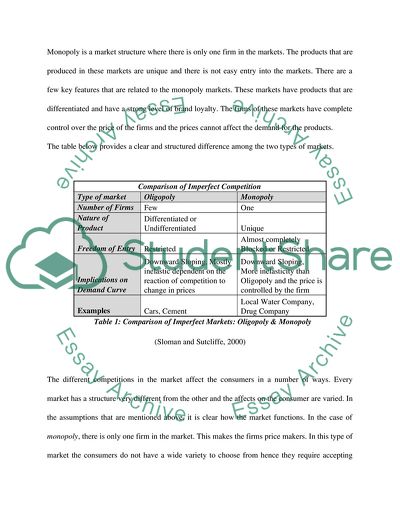Cite this document
(Imperfect Markets - Oligopoly and Monopoly Assignment, n.d.)
Imperfect Markets - Oligopoly and Monopoly Assignment. Retrieved from https://studentshare.org/macro-microeconomics/1723538-3-short-essay
Imperfect Markets - Oligopoly and Monopoly Assignment. Retrieved from https://studentshare.org/macro-microeconomics/1723538-3-short-essay
(Imperfect Markets - Oligopoly and Monopoly Assignment)
Imperfect Markets - Oligopoly and Monopoly Assignment. https://studentshare.org/macro-microeconomics/1723538-3-short-essay.
Imperfect Markets - Oligopoly and Monopoly Assignment. https://studentshare.org/macro-microeconomics/1723538-3-short-essay.
“Imperfect Markets - Oligopoly and Monopoly Assignment”. https://studentshare.org/macro-microeconomics/1723538-3-short-essay.


